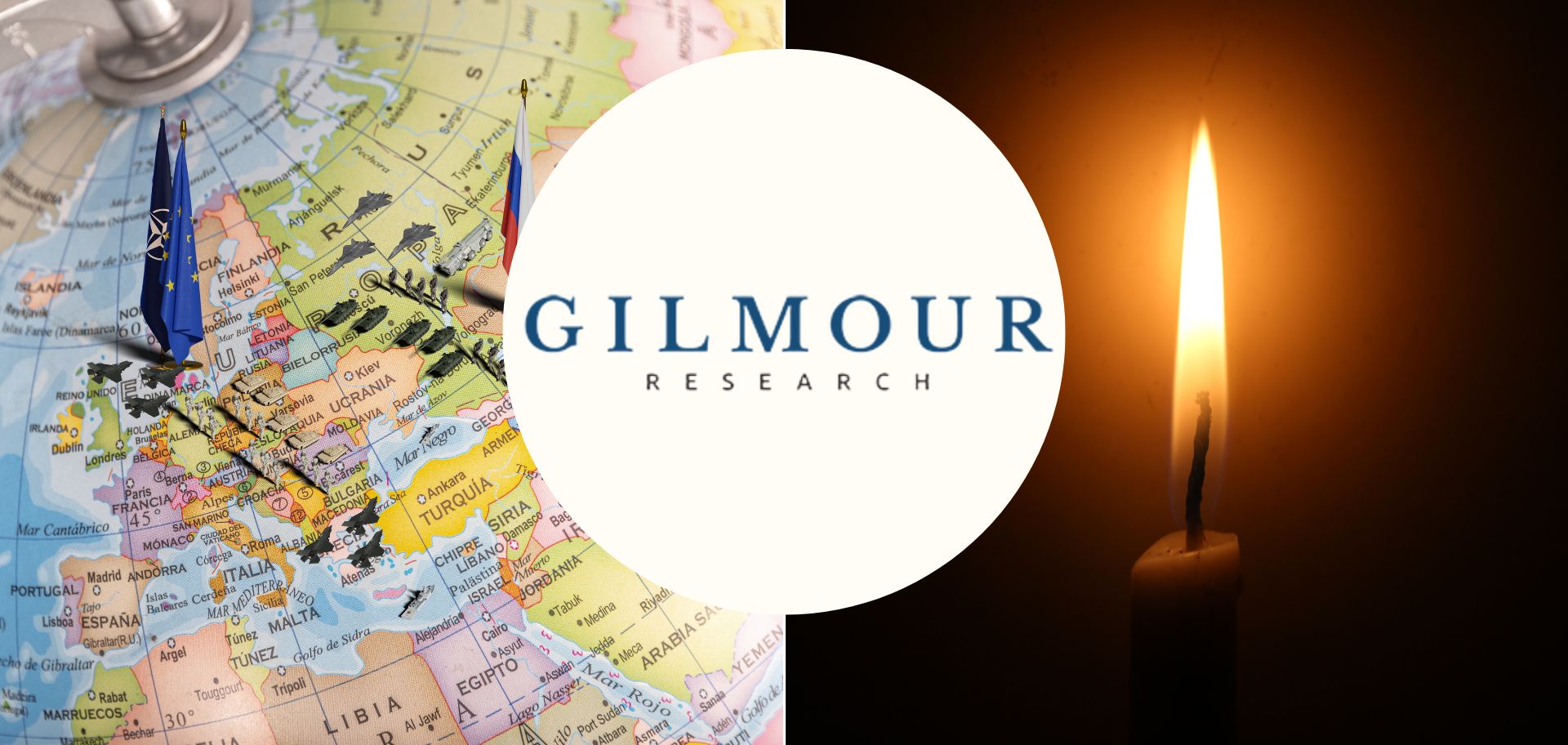Chris Gilmour cautions against getting swept away by the equity market euphoria we saw in January.
The US Federal Reserve (the Fed) reduced its interest rate hikes from 75 basis points to 25 basis points last week. As, incidentally, did the SA Reserve Bank.
Does this mean that it’s A-for-Away into a new round of unfettered equity market euphoria? Hardly.
The world is in a very different place to where it was even a year or so ago. The global dynamics have changed almost beyond recognition. We’re likely going to have to contend with lower growth, higher inflation, higher interest rates and much greater overall volatility in markets for the foreseeable future. So while conventional wisdom dictates that we should reasonably look forward to inflation and interest rates falling as we approach the end of 2023, that doesn’t necessarily translate into good news for equity markets.
The reasons for this apparent pessimism are many and varied but mainly revolve around deglobalization, depopulation and the rise of noisy autocratic states in many parts of the world. So for example, the war in Ukraine is likely to drag on well into 2023 and probably into 2024 and maybe even longer. The Russians are showing no signs of giving up, even though their economy is taking massive strain under the impact of international sanctions.
Geopolitical turmoil
A big spring offensive by the Russians is widely expected, with the Russians throwing everything they possibly can at the Ukrainians. This is why the Ukrainians are so keen to be ready for just such an attack. All through Russia’s military history, their campaigns have started off slowly and badly and have improved as the various wars have progressed. Russian commanders are obviously hoping that a similar pattern will emerge this time around, however, it is generally agreed by most military experts that the current Russian military is in much poorer shape than anyone could possibly have imagined at the outbreak of this conflict.
The NATO allies are upping the ante by supplying over 300 tanks, including the US Abrams and German Leopard to the front line. Faced with an increasingly difficult environment in which to sell its energy, Russia will be forced to cut back on production, all the way back to the well-heads in Siberia, which will tend to increase the price of that energy.
Agricultural products coming out of Russia and Ukraine will continue to be limited for as long as the war rages. So wheat and corn prices will remain high, as will fertilizer prices. While the FAO world food price index appears to have stabilized at higher levels, it is not showing any real signs of coming off. If the fighting in Ukraine intensifies, which it seems likely to do, that doesn’t bode well for agricultural product exports from either Ukraine or Russia.
The Americans are intent on bringing back large chunks of their manufacturing that hitherto was outsourced to China and other far east Asian countries. At least in the first instance, this process will be inflationary, until America gets economies of scale that work in its favour.
The UK is reprising its long-forgotten role as the “sick man of Europe”, following the Brexit disaster. Inflation remains stubbornly high, well above 10% year-on-year, and the IMF now forecasts that its economy will contract by 0.6% this year. Britain will likely be a drag on the rest of Europe as it muddles its way out of the mess created for itself by leaving the EU. It still has another two years before the next general election in December 2024, during which time it has to somehow bring inflation back to more manageable levels. According to the Office for Budget Responsibility, it can be done, but the political cost will likely be high.
German manufacturing has managed to secure some temporary relief from higher gas prices, due to a very benign winter. However, next winter is anyone’s guess and there will be zero cheap Russian gas available by then. So once again, an inflationary spiral is about to hit one of the largest economies on earth.
And China?
China remains the big unknown factor in the whole global GDP equation for next year and beyond. But it can no longer export its way out of trouble into a world that is increasingly wary of its supply chain fragilities.
As an increasing number of countries move back to manufacture onshore, Chinese companies are progressively losing out. China’s GDP growth rate of 3% for 2022 was the worst in 50 years, though admittedly that was due in large measure to the stubborn Zero-Covid policy that has finally been abolished.
However, Beijing’s options for stimulating its economy are limited.
Lest we forget our own problems…
South African load shedding is now adding to inflation thanks to the much greater frequency of power cuts. Supermarkets are having to cut back on supplies in order to minimize wastage due to food rotting in fridges that are turned off for hours on end. And the cost of using diesel to keep generators going is becoming prohibitive.
Costs can no longer be absorbed by retailers and producers and are being passed onto consumers via higher prices.



